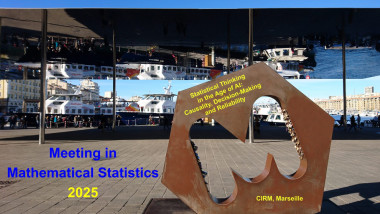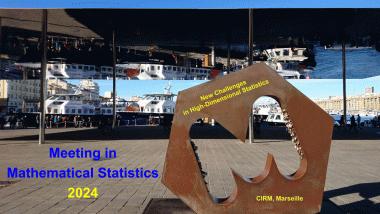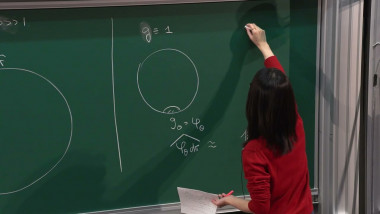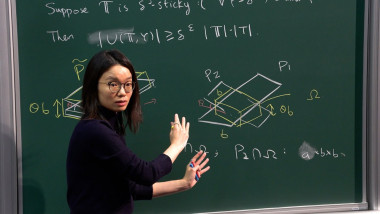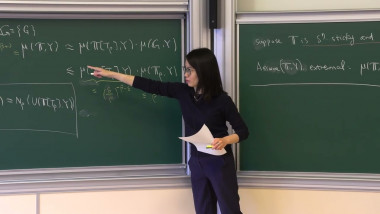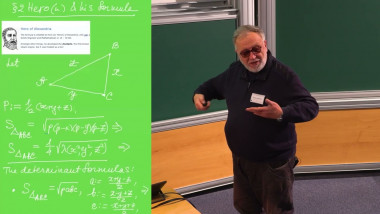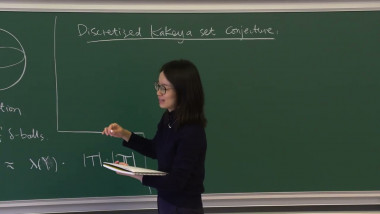Stretched exponentials and beyond
Appears in collection : 2023 - T3 - WS3 - Computer algebra for functional equations in combinatorics and physics
The appearance of a stretched exponential term $\mu^{n^{s}}$ with $\mu>0$ and sigma in $(0,1)$ in a counting sequence of nonnegative integers is not common, although more and more examples are appearing lately. Proving that a sequence has a stretched exponential is often quite difficult. This is in part because such a sequence cannot be "very nice": its generating function cannot be algebraic, and it can only be D-finite if it has an irregular singularity. Previously, the saddle-point method was the only generic method for proving such a phenomenon, but it requires detailed information about the generating function. Recently, together with Andrew Elvey Price and Wenjie Fang, we have developed a new method at the level of recurrences to prove stretched exponentials. I will introduce the basics of this method and show how it can be extended to other problems. Then I will summarize recent progress (new bijections, limit laws, etc.) in the study of compacted trees, a subclass of directed acyclic graphs. Finally, I will give an outlook on how these results now allow an in-depth study of limit shapes and open many new avenues for further research.


